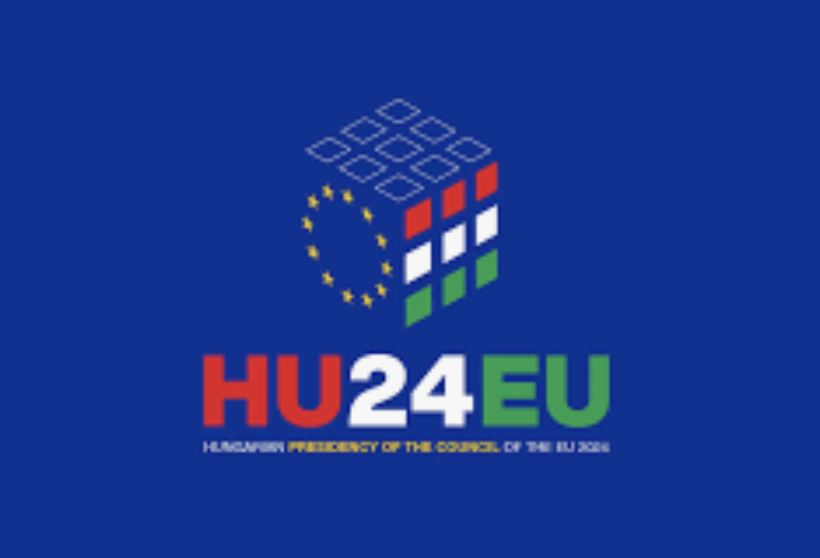Worldwide COVID-19 has hit the cultural industries hard. Very hard. However, collective management succeeded in limiting the impact for performers. A survey that AEPO-ARTIS and SCAPR conducted among their members came to the conclusion that despite of a general drop in revenues, collective management organisations (CMOs) for performers were able to increase their distributions while looking for all ways possible to help out performers in need.
An overall decline in collections in 2020.
The vast majority of societies for the collective management of performers rights have experienced significant variation in their collection in 2020 (as compared to 2019) with an average 9% decrease. This is comparable to the impact of the crisis on collective management for authors rights, which was recently calculated by CISAC at 9.9%. This decline cannot be underestimated, but thankfully below the forecasts CMOs made themselves in 2020.
When we compare the different sources of income of CMOs, it is striking that the income from public performance has been hit particularly hard. 88% of the organisations have seen this collection significantly drop (up to -85%). With the cultural sector forced to staying closed even long after ending lockdowns, this was no surprise. Collection of broadcasting rights remained generally stable, however 39% did declare a decrease, mainly due to a drop in advertising investments from the broadcasters. Other traditional sources of income for CMOs, such as private copying, lending, renting and cable retransmission, remained mostly stable and have permitted CMOs to slow down the general decline.
Less in, more out!
Despite the general drop in revenue, from 848 million euro in 2019 to 776 million euro in 2020, CMO’s were able to stabilise the amounts they distributed in 2020. What’s more, half of them managed to pay their actors, musicians and dancers higher amounts than initially planned.
70% of CMOs have adapted their operations to better help their members in times of crisis. 61% brought forward distributions, 36% made additional efforts to lower their administrative costs. As a result the effective payments to performers increased from 585 million in 2019 to 664 million in 2020.
Limits to the engine
With the way their collections and distributions are organised, performers CMOs have been able to slow down the negative income curve for performers in 2020. However, with a drop in collections in 2020 and 2021, they will not be able to keep distributions at the same level in the years coming.
The majority (68%) of the societies that are able to predict future distributions anticipate a decline in payments, reflecting the drop in collections. Again, societies representing sound recording artists are more affected than audiovisual only societies. However, 64% of the respondents are still making efforts to bring the distribution forward (40%), to reduce operational costs (47%) and/or to maintain emergency funds (37%).
It is therefore disappointing to see that these organisations, that have proven to do everything in their capacity to assist the most affected sector, are themselves often left in the cold. 63% of CMOs have reported not being recognised as eligible to any emergency measure by their local authorities. This is all the more painful knowing that 56% of CMOs have consented (or have been forced to consent) to discounts, delays, exemptions or even refunds to users, mainly for public performance users. It is these exceptional measures that have impacted the collection of about 70% of all CMOs and have caused up to a 75% decrease of collection in certain areas.
While the members of SCAPR and AEPO-ARTIS have not been able to turn the crisis into a success story like some major online players have, they have shown to do what they were founded for: put the interests of performers first and be a stabilising factor in the turbulent career of the artist, even in the most turbulent times.
For more information please see press release here.


